
Secure Data Recovery Blog
Welcome to our blog! Here, we explore many topics related to data recovery and digital security. We aim to provide guidance and valuable insights for people at all skill levels. We offer an in-depth guide to data recovery, including step-by-step instructions for restoring lost or corrupted data, an explanation of the common causes of data loss, and effective strategies to prevent future issues. Join us to stay up-to-date on the latest trends and technologies in the field.

Hard Drive Clicking - Common Causes & Solutions
Hard drive clicking is one of the most ominous noises in computing. These short, sharp sounds, known as the Click of&nbs...
Posted by T.J. Burlee April 18, 2024
States with the Most True Crime Anxiety
True crime podcasts, books, TV shows, and more have grown in popularity in recent years. With even more releases to come, it ...
Posted by T.J. Burlee April 11, 2024
Recovery Spotlight: Traveling Tacos
Taylor and her husband, John, started Traveling Tacos to share their love of traveling with the rest of the world. They have ...
Posted by T.J. Burlee April 04, 2024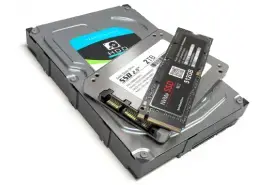
Best Hard Drives 2024: The Essential Buyer’s Guide
Users searching for a storage device in 2024 have thousands of choices. As a result, finding the best hard disk drive (HDD) o...
Posted by T.J. Burlee March 28, 2024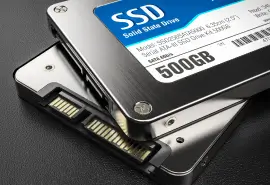
Samsung Errors: What They Mean & How to Fix Them
Despite the myriad of advantages of external drives, they are not exempt from errors. These errors can arise from various cau...
Posted by Zane Kennedy March 14, 2024
Safeguarding Your Digital Artwork, Photos, and Designs
Ever wonder what would happen if you lost your creative work? Well, you don’t have to wonder anymore. Consider Life Unconta...
Posted by W. Curtis Preston March 08, 2024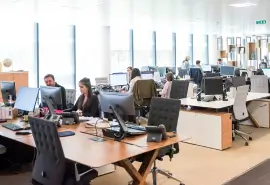
Survey: Lack of HR Department Contributes to Toxic Workplace
When you start a new job, the first person you come in contact with on your first day is typically someone from the human res...
Posted by T.J. Burlee March 01, 2024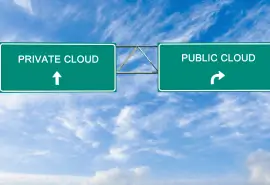
What is the difference between Public Cloud vs. Private Cloud?
Deciding between public and private cloud is neither a small decision nor an easy one. It could have significant ramification...
Posted by W. Curtis Preston February 21, 2024
Recovery Spotlight: Blackmagic Design
Blackmagic Design is an Australian digital media company that was founded in 2001 and is based in Melbourne, Australia. Its i...
Posted by Monica J. White February 15, 2024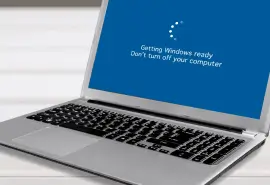
How to Fix “Getting Windows Ready” Stuck For Windows 10 & 11
You turn on or reboot your PC or laptop and see the message “Getting Windows Ready: Don’t Turn off Your Computer,” only for y...
Posted by Yevgeniy Reznik February 14, 2024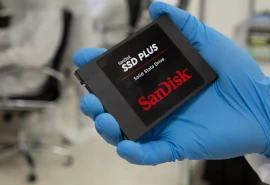
SanDisk Errors: What They Mean & How to Fix Them
Digital information is equivalent to the most valuable asset, and the reliability and performance of storage devices become c...
Posted by Yevgeniy Reznik February 12, 2024
Which States Are Taking a Break From Technology in 2024
In a world that thrives on constant connectivity and digital innovation, the idea of unplugging from tech may seem outrageous...
Posted by T.J. Burlee February 05, 2024
Survey: 45% of Americans Care Most About Personal Documents
According to a recent survey, 45% of Americans consider personal documents their most crucial data—and they're absolutely rig...
Posted by Monica J. White January 29, 2024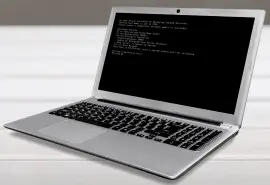
5 Steps to Fixing ‘no boot device found’ Error
The ‘no boot device found’ issue can be particularly troublesome and lock users out of their Windows OS environments. It isn’...
Posted by T.J. Burlee January 23, 2024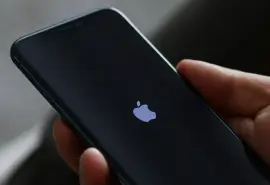
How to Restore an iPhone From a Backup
Restoring from a backup is a vital process for virtually all iPhone users when looking to recover data after a device failure...
Posted by T.J. Burlee January 19, 2024